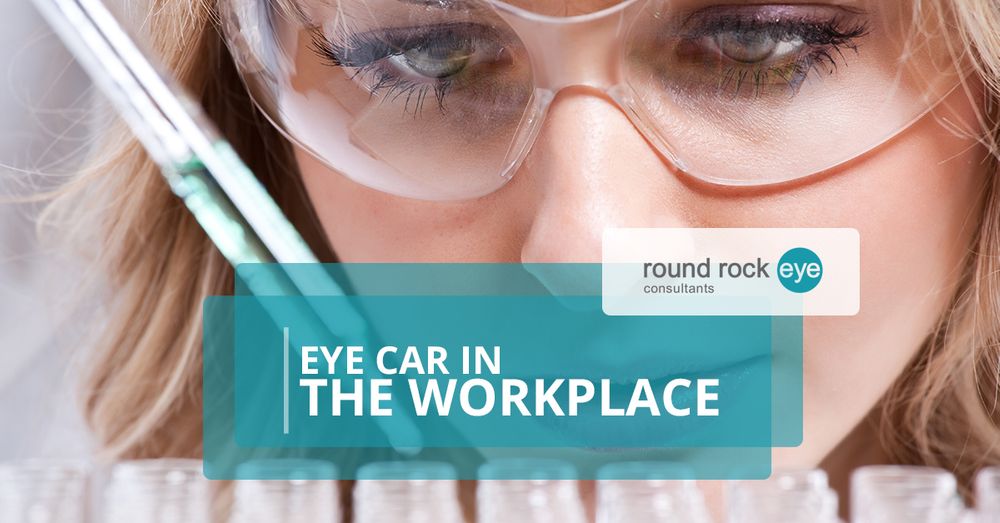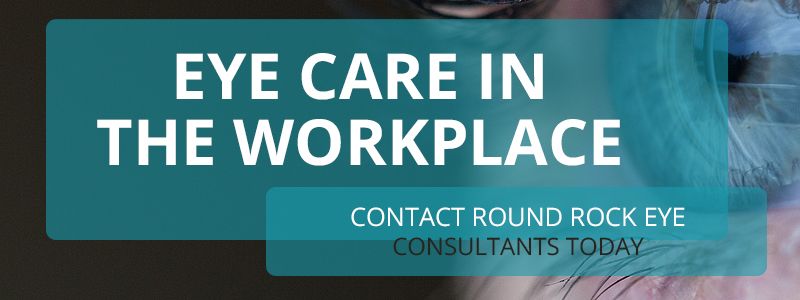Mom always told you to put safety first, and that’s especially important when it comes to eye care in the workplace. According to the National Institute for Occupational Safety and Health (NIOSH), there are around 2,000 workplace eye injuries that require medical attention. However, that doesn’t mean that you need to be afraid to go outside and go to work, it just means that people should be better educated on the risks of their job, how to prevent them, and in case of an emergency, know how to treat the condition until a eye care specialist can inspect it. In this blog, we’re going to talk about workplace safety for your eyes, what you should know, and how to apply this knowledge to your job.
Causes of eye injury
Chemicals and foreign objects are the two biggest culprits of eye injuries at work. Some other common issues include burns from grease or oil, steam, or radiation exposure like ultraviolet or infrared. Additionally, workers may experience damage to their eyes from the sun or from welding if they don’t wear proper eye protection. Oftentimes the effects of these issues can be worsened if the worker has an existing condition such as dry eye. When someone has dry eye, their eyes will be less protected against harmful substances that could enter their eye.
According to experts, most work-related eye injuries could be prevented if the worker used proper eye protection and used the correct eye protection for whatever task they were performing. According to a survey done by the Bureau of Labor Statistics, three fifths of workers who sustained eye injuries were not wearing eye protection when the accident occurred. Many of these workers believed that eye protection was not necessary for the work they were doing.
Workers are required by The Occupational Safety and Health Administration (OSHA) standards. And when there is even a small chance of eye injury, workers must wear appropriate safety equipment. This can include anything like goggles, face shields, full-face recipricators or safety glasses depending on the work environment and task.
According to the OSHA, eye protection is needed when there are projectiles such as dust, metal, or concrete, chemicals and risks of it being splashed into the worker’s face, radiation like visible light and ultraviolet radiation, and bloodborne pathogens.
Digital eye strain is another vision-related conditions that you may experience at work. This happens when you’ve been exposed, for prolonged periods of time, to computers, tablets, or cell phones without break.


